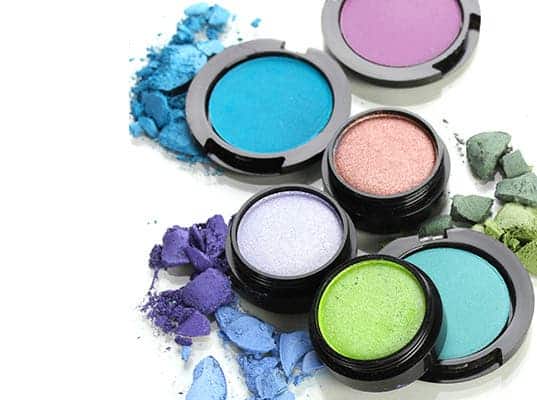3D printing is the hot jazz nowadays, with applications varying from cranium and skin replacements to houses to nanoscale objects. Now, Grace Choi, a self proclaimed inventor has developed a way to 3D print makeup at home, in every color you want, as eye shadow, blush, lip gloss or whatever you need – reducing both waste and the price tag.

Make-up is extremely wasteful, from the packaging and the containers to the actual substances used in it. But what if you could break free from all that hassle, and actually print your makeup at home? Introducing Mink, the company which claims allows you to do just that. Choi launched her idea yesterday on the Disrupt NY stage. According to her, most companies use the same substances (substrates) for make up – they just add the pigments and jack up the prices – a lot.
I’m not really up to date with make-up prices, but a quick look on Amazon revealed that a kit with several colors for eye shadow alone goes for about $30-$50 – quite significant, and you are limited to the colors the seller has. I was quite surprised by how limited the color offers generally are – popular colors like red or pink dominate over the rest, and because make-up isn’t really a driver of profits for most stores, you won’t see them focusing on it. However, Mink would allow freedom for the user to select whatever color she (or he) wants – simply by going onto the internet or on your phone and selecting a HEX value for the color.
The printer would cost about $300, but you can also use it for the blush and lip gloss. The company is targeting the younger, 13-21 demographic who are starting to become more creative when it comes to make up, and are less loyal to a brand.
Choi hopes to disrupt the current cosmetics and provide some equality for products that she believes should have the same price no matter where they are sold, and no matter what label they have on them.






